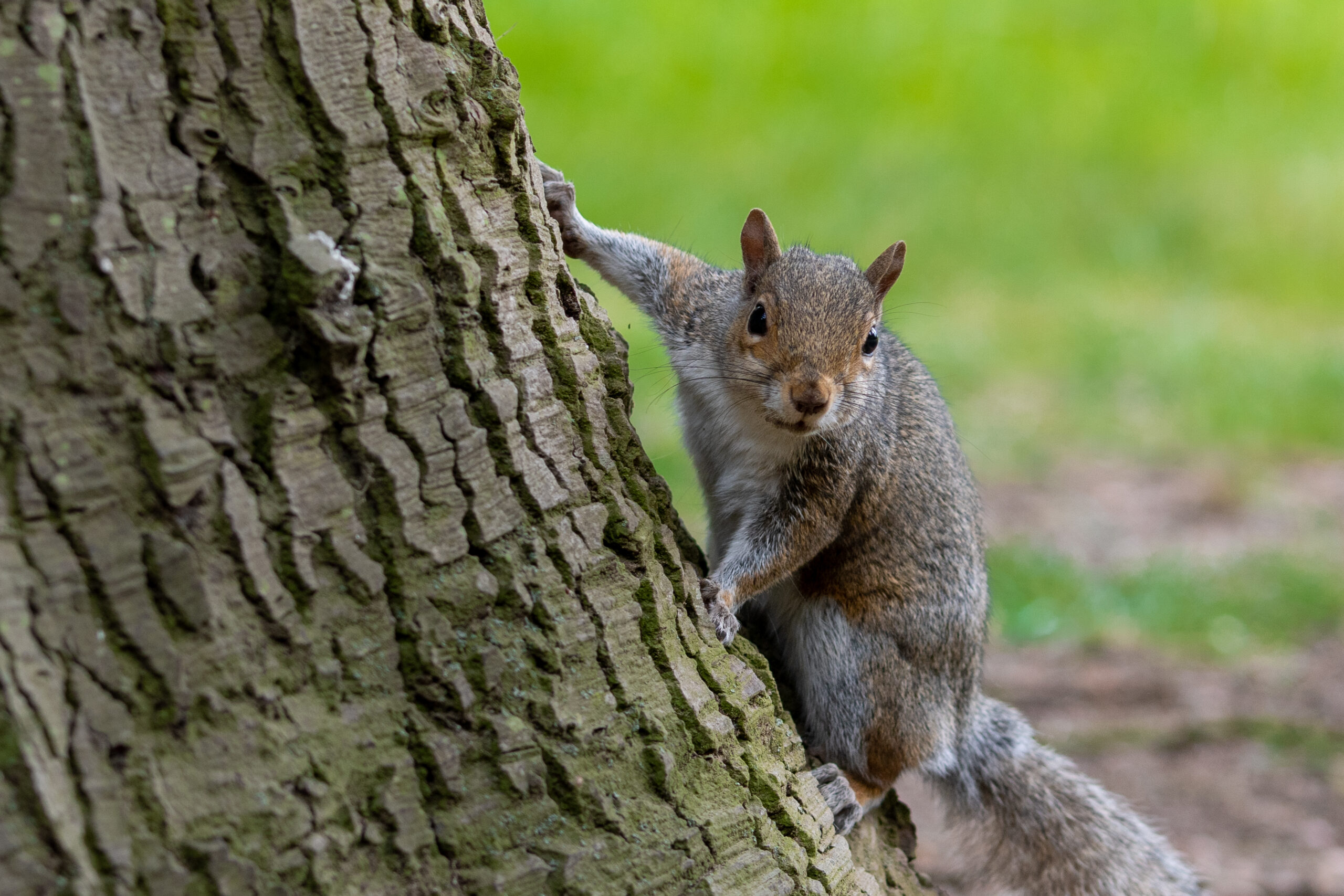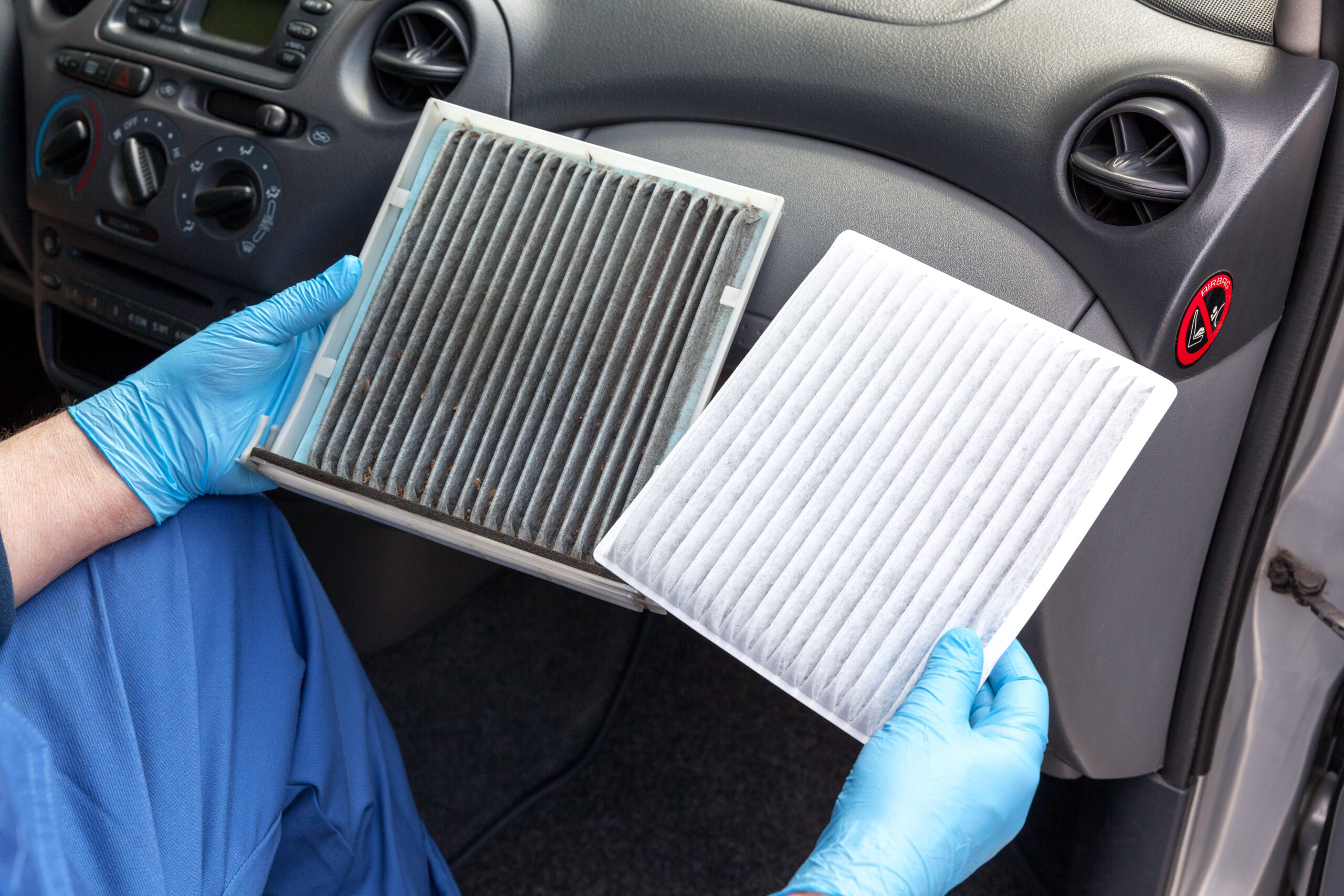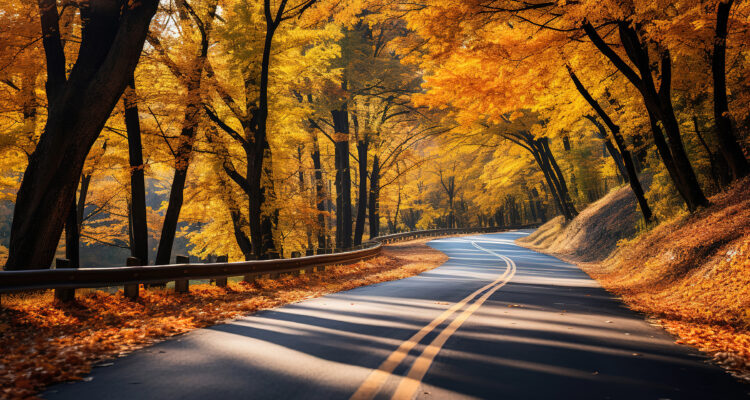As Winter chill gives way to Spring, many of us are loving the longer nights and warmer temperatures. However, Spring also brings its own set of challenges for vehicle owners. Most people think winter is the most hazardous time to drive but protecting your vehicle is crucial this time of the year too.
In this blog post, we’ll explore 5 Ways to Look After Your Car in Spring:
1. Protect Your Car Paint From Pollen
Spring brings with it blooming flowers and trees, but this means there is an influx of pollen in the air. Pollen has microscopic spikes to help it stick to other trees and flowers, however, it also helps it stick to your car’s paint too. Plain water mixed with this makes it extremely acidic and can cause your paint to rust.[1]
What can I do about Pollen on My Car?
- Regularly wash your vehicle with soap to remove pollen buildup.
- Using a car wash is best, but if this isn’t possible use car shampoo. Do not use dish soap or any alternative, as this can also damage paint.
- Consider applying a protective wax coating to shield the paint.
- Pine and Oak Trees are the most common offenders, so be extra cautious if your car is parked under these.
[1] Does Pollen Damage Car Paint? (All You Need to Know) – VehicleWhat
2. Watch Out For Animals
Spring is a time of increased activity for wildlife, and animals may be more prone to exploring urban areas, including car parks and streets. The Independent reported that there are a record number of animals causing car breakdowns at the moment.[1] Squirrels, rodents and birds can start looking for nesting spots in your vehicle. This may lead to engine damage or scratches. Domestic cats have also been known to crawl into warm car engines to sleep. Deer, pheasants, badgers and foxes are also hazards to avoid on country lanes, as hitting them can cause severe damage to your car and give you quite a shock!
How Can I Stop Animals Damaging My Car?
- Park your vehicle in a garage when possible, to minimise exposure to animals.
- Use a car cover to provide an additional layer of protection against scratches and nesting attempts.
- Do not keep old food in your car or near it, rodents are attracted to this and can chew through wires and upholstery.
[1] Animals causing record numbers of car breakdowns | The Independent

3. Be Prepared for Insect Assault
As temperatures rise, so does the activity of insects. Mosquitoes, bees, and flies can leave behind residue on your vehicle’s exterior. Not only is this unsightly, but bug splatter can also damage the paint if not promptly removed.
How Can I stop Insects Damaging My Car:
- Clean bug splatter promptly with a bug and tar remover or a gentle car wash solution.
- Consider applying a protective film or coating to make it easier to remove residue.
4. Be Mindful of Tree Sap
Parking under trees provides much-needed shade in the warmer months, but they can also leave your car covered in tree sap. This is a sticky substance that trees produce, that can fall onto your car and harden, making it difficult to remove. It can damage your car’s paint job and lead to rust.[1]
How Can I Deal With Tree Sap On My Car?
- Park away from trees, especially those known for producing sap. These are Sugar Maple, Silver Birch and Sycamore in the UK.
- If you want your car kept cool, instead of parking under trees use a windscreen shade.
- Clean sap from your car as soon as possible, as if its cleaned before it hardened, you can remove it fairly easily.
- Use a gentle solvent to remove sap, being careful not to damage the paint.
[1] How to Get Tree Sap and Bugs Off Your Car – Consumer Reports
5. Beat the Hay Fever Allergens Inside
While we often focus on the external threats, allergens like pollen and dust can also find their way into your vehicle’s interior. This can be especially problematic for those with allergies or respiratory issues.
How Can I deal With Allergens in My Car?
- Regularly clean and replace your vehicle’s cabin air filter. Here’s some tips on how to effectively clean your car’s filter.
- Closing your car windows closed while driving will prevent pollen from entering and irritating your eyes and nose.
- Consider using interior car cleaning products designed to reduce allergens.

Springtime brings a refreshing change, but it can also require extra attention to keep your vehicle in top condition. By addressing hazards such as pollen, animals, bugs, tree sap, and allergens, you can ensure that your vehicle remains in peak condition and ready for all your springtime adventures.
Enjoyed this guide? Head over to our blog to read more car and driving tips.
Get your car insurance quote today!



